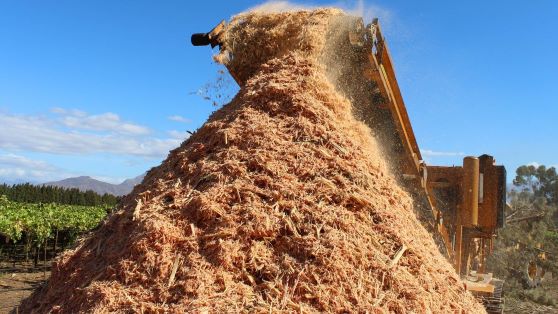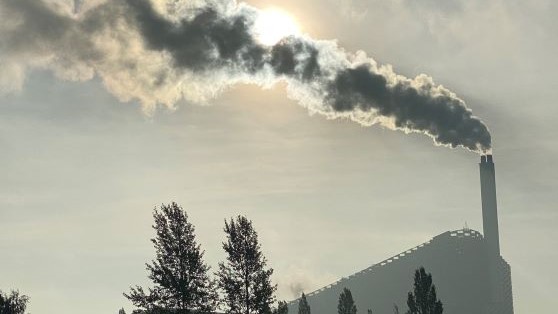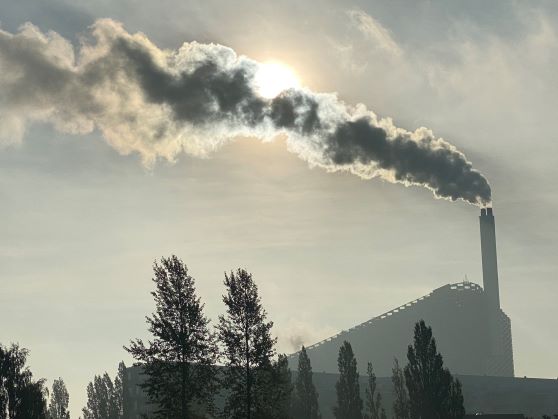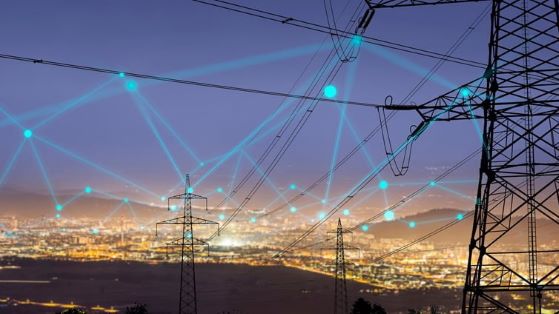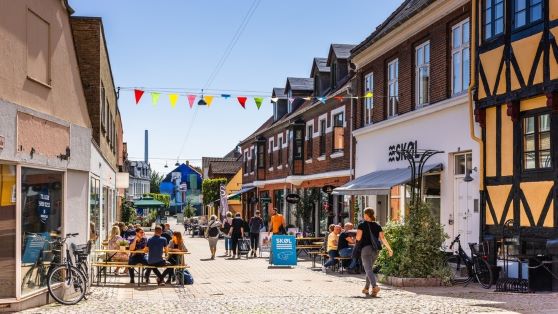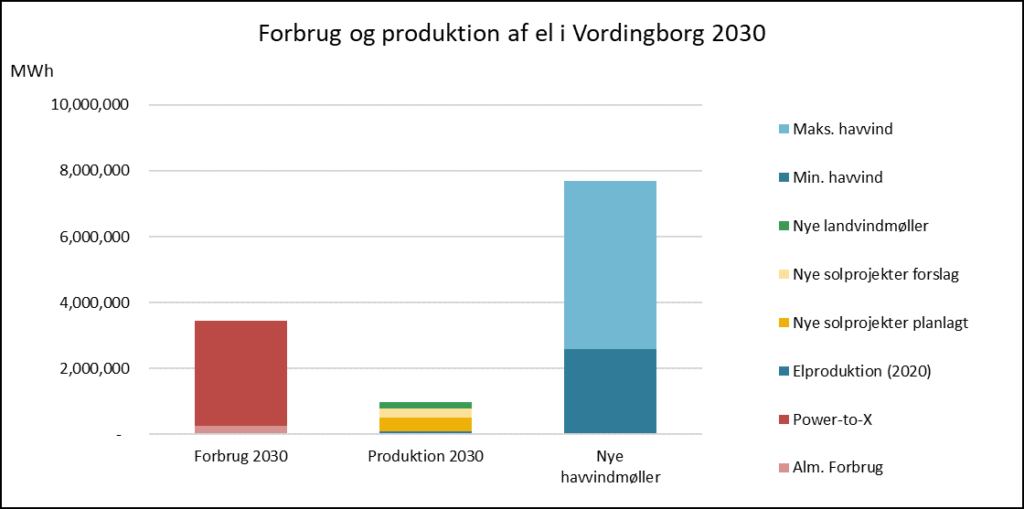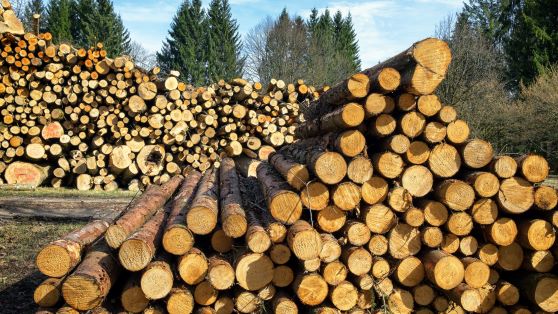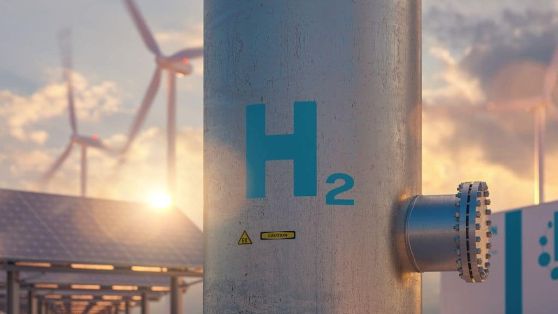
The overall goal of the PtX Infrastructure project is to evaluate Danish investment options for hydrogen and CO2 infrastructure. The results should support Danish green fuel production in the context of an integrated, sector-coupled European energy system.
The project is a research project carried out by eight partners. EML contributes to the project with our advanced energy systems modelling expertise. We will use the energy systems model TIMES-NEU to generate scenarios for detailed analyses.
The expected results are forecasts and estimates of the following:
- Hydrogen demand evolution in each region, including hydrogen as a feedstock for e-fuels production (e-methanol, ammonia).
- Size of Danish H2 export market and potential countries to export to.
- Electricity demand in Denmark, Sweden, Norway, Germany, and Poland at sector level.
- CO2 trajectory for Power and Heat sector.
- CO2 use and storage.
Identified research gaps
Currently, the number of analyses of feasible CO2 infrastructures and H2 and CO2 storage is limited. Furthermore, the partners in the project are addressing another three research gaps that have been identified:
- Silo thinking when optimising energy infrastructures.
- National foci when developing PtX plans.
- Poor representation of uncertainty and robustness in investment planning.
To bridge the gaps, the project partners will apply and further develop three state-of-the-art energy system models to encompass a holistic energy system perspective. The three models in question are Balmorel, PyPSA-Eur-Sec, and TIMES.
The partners design common scenarios and explore the results to understand differences, enhancing the robustness of the results. An essential part of the project is carrying out a detailed uncertainty analysis.
Advantages of the TIMES-NEU model
When using the TIMES-NEU model, the Danish energy system is analysed within the framework of the European energy system.
The TIMES-NEU model represents the entire energy system of Norway (NO), Denmark (DK), Sweden (SE), Germany (DE), and Poland (PL), covering all sectors to assess future hydrogen and electrofuel demand. Furthermore, it has data on the Netherlands, Belgium, and the UK.
It includes key hydrogen and CO₂ infrastructure and detailed sectoral modelling for aviation and shipping, incorporating technology developments for electro fuel adoption. Additionally, the model provides an in-depth analysis of iron, steel, and other industries, evaluating the competition between hydrogen and electrification pathways.
With 56 time slices per year, the model captures seasonal and intra-annual variations, while global market trade with 40 energy carriers ensures a comprehensive representation of international energy flows.
EML developed the TIMES-NEU model in 2022 using the TIMES energy systems modelling framework. TIMES is internationally recognized and developed under the Energy Technology Systems Analysis Program (ETSAP).
MissionGreenFuels partnership
The PtX Infrastructure project is implemented under the aegis of the MissionGreenFuels partnership, which is one of the four Innomissions launched by the Danish Innovation Fund. Innomission is funded by a 700 million DKK grant from the Danish government and funds from the NextGenerationEU program. The second phase of the project started in 2025.
The Advisory Board has representatives from the Danish TSO Energinet, the Danish Energy Agency, Mærsk, Technische Universität Berlin, and VTT.
Duration: 2025-2026
Client: Danish Innovation Fund
Reference: Professor Marie Münster, Danish Technical University
Collaborators: DTU MAN, DTU Compute, Aalborg University PLAN, EA Energy Analysis, Evida, GSD, PlanEnergi
EML team: Kenneth Karlsson and Andrea Marin Radoszynski
Model: TIMES-NEU





